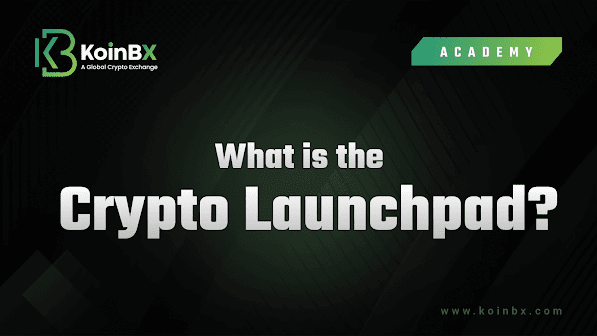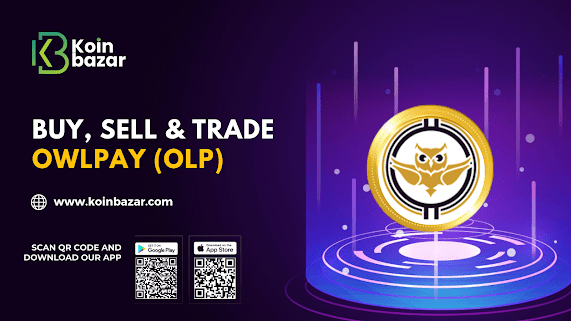Ethereum Merge - A Simplified Guide
The "Ethereum Merge" has been the talk of the town for the past few weeks, with Google hyping it more with a countdown timer featuring two Pandas approaching each other and quoting the merge date of September 15, 2022. Ethereum’s successful merge is a huge step for the community and a pathway towards mainstream adoption that can bring in billions of users to Web 3. Ethereum's blockchain, being the base for thousands of upcoming and well-known firms, has taken this valiant leap in conserving the environment as well as increasing the speed and scalability.
A significant upgrade to its blockchain network—the Merge, Ethereum, the second largest crypto token—has now switched from a proof-of-work (POW) mechanism to a proof-of-stake (POS) mechanism.According to Ethereum developers, this upgrade will make the $60 billion ecosystem that houses crypto exchanges, lending companies, Non Fungible Token (NFT) market places, and other applications more secure and long-lasting.
The Merge officially kicked in at 6:43 am UTC, with more than 45,000 people watching with bated breath on Youtube in the "Ethereum Mainnet Merge Viewing Party." The key metrics trickled in, suggesting that Ethereum’s core systems had remained intact. After about a 15-minute wait, the $200 billion market value giant declared the merge successful. This Ethereum Merge will mark the beginning of energy-efficient crypto operations, which will accelerate the drive for mass adoption of crypto-related products and services.
What is Ethereum Merge & its Fundamentals?
In 2008, Bitcoin introduced the world to the idea of decentralized blockchains that facilitate the process of transactions and track assets. The history of any transaction on the blockchain is unaltered because of its distributed and transparent nature across the network.
And with the introduction of Ethereum in 2015, expanding the core concept of Bitcoin with smart computer programmes that effectively use the blockchain as global supercomputers by recording the data on their network.
Decentralized Finance ( DeFi ) and Non Fungible Tokens ( NFTs ), the main catalyst of the recent crypto boom run on the Ethereum blockchain. Unlike a centralized system where a centralized agency or government facilitates the process, Depending on your peers to facilitate the transaction happens in decentralized system. The validators are a set of people or groups who authenticate the transactions. These validators put up collateral that they could stake, earning them rewards in the form of crypto tokens if they validated it correctly. In the event that they screw up or are not able to validate, then their stake is partially or wholly seized by the network. Working on this basic principle, the blockchains have paved two ways of achieving consensus, namely, Proof Of Work ( POW ) and Proof Of Stake ( POS ).
Proof Of Work (POW)
In Proof Of Work, the investment comes in the form of a significant
amount of computational energy being spent on solving complicated
mathematical algorithms and equations quickly in order to validate new
transactions and keep winning crypto blocks as rewards. Bitcoin,
Ethereum, and other major blockchain giants that use Proof of Work
consensus typically have massive warehouses stacked with computing
machines like shelves of books, with each computer hot to the touch as
it strains to run around the clock pumping out cryptocurrencies.
If
the validator correctly authenticates, he is rewarded; if they get it
wrong, they receive nothing and have wasted a lot of time and energy.
The energy lost is comparatively very high and affects global
electricity consumption. The Ethereum blockchain consumes as much energy
as the entire country of Finland, consuming so much energy and being
responsible for one of the blockchain sectors that greatly exploits the
environment. This led to the new concept of "Proof Of Stake."
Proof Of Stake (POS)
In this Proof Of Stake method, you don’t need validators to run massive
supercomputers. These validators are skinned in the game by "staking"
some of their own coins. The investment is made by a user who has a
significant amount of existing crypto in the network, such as the
Ethereum blockchain blocking down 32 ETH for transaction validation and
sending them to an address where they cannot be bought or sold.These
stacked ETH tokens act like lottery tokens. The more ETH a validator
stacks, the higher the probability of them being selected.
Stakeholders
who breach the rule by spending their staked wager or are caught
recording inaccurate data risk losing their entire wages. Here, the
stakeholders are willing to bear the risk of staking a huge amount in
return for a chance to make massive profits. The energy consumption in
Proof Of Stake is not even a rounding error in terms of environmental
impact. The Ethereum blockchain has fundamentally shifted to this
mechanism, which consumes 99.90% less energy.With this new mechanism
adopted in place, shifting the entire algorithm proving that a
decentralized and permission less network can operate energy
efficiently.
Proof Of Stake is like running an application on your MacBook, such as
Slack, Google Chrome, or Netflix, even while being plugged in for
electricity. It will not have an environmental impact.
The Merge - It's Incentives & Trades
The Ethereum network is better understood as a kind of living organism
that works together, a bunch of computers interacting with each other in
the same language, following an identical set of rules. A new set of
incentives is introduced for the parties operating these computers to
follow the rules as written to secure the blockchain from unwanted
tampering. With energy consumption dropping to the base and the
applications already running on the Ethereum blockchain gaining
benefits, investors will be much more interested and concerned. Unlike
the Proof of Work mechanism, which converts physical resources into
network security, the Proof of Stake merger connects financial resources
to security.
The Ethereum blockchain will no longer be
concentrated in the hands of a few publicly traded mining syndicates;
instead, the old power players will be replaced by new genuine stake
holders, breaking down the monumental dream of those syndicates. The
Merge has become an object of speculation in the crypto market since
mid-July, with traders pricing in post-merge gains, easing the clash in
the digital asset market earlier this year. In a recent note, Bank Of
America used the example of an insurance company, "Nexus Mutual," to
describe the merger benefit in detail. Nexus Mutual has been doling out
insurance policies for those dealing with crypto hacks using Ethereum's
blockchain. The network allows you to collect premiums, pool all of your
money, invest it in Ether stakes, verify transactions, and earn huge
profit rewards in exchange for replacing government bonds, which only
provide mediocre returns.
Conclusion:
Ethereum has officially bid adieu to its miners, who undertook block validation in its previous POW avatar. These miners, who racked in about $19 billion last year through mining coins, are completely rattled. Hence, Ethereum Merge will undoubtedly provide numerous benefits to developers, end users, and the environment.




Comments
Post a Comment